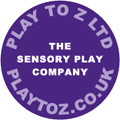Categories
Categories
- Home
- Research
Research
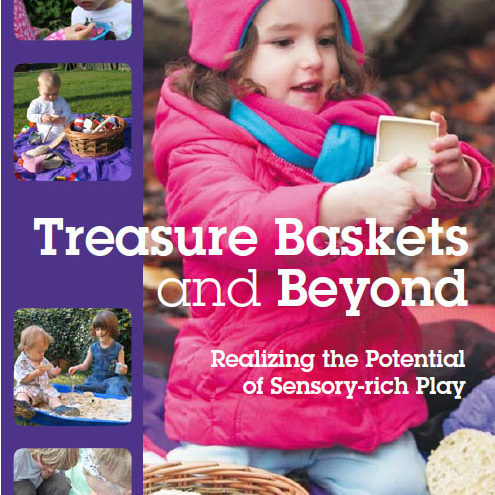
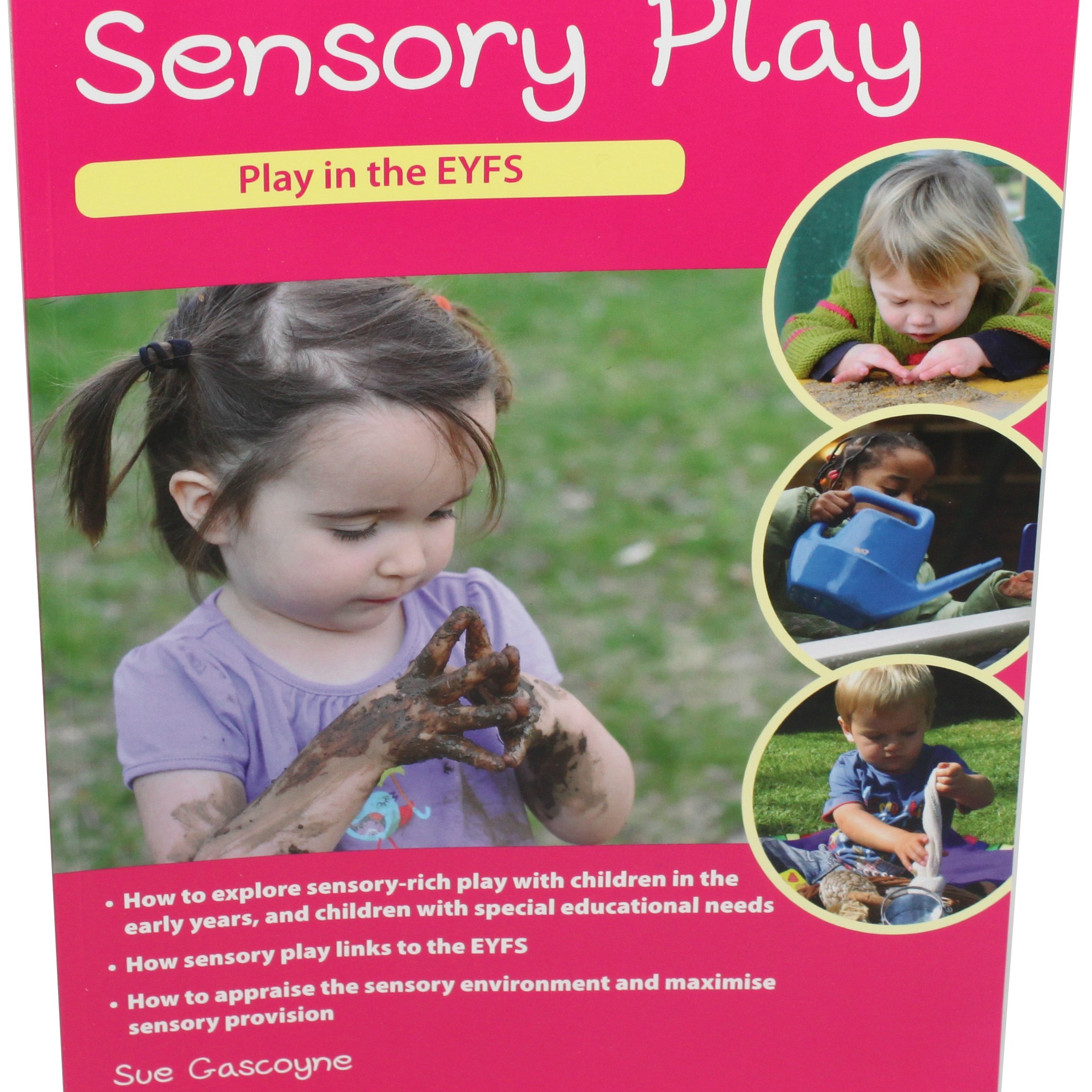
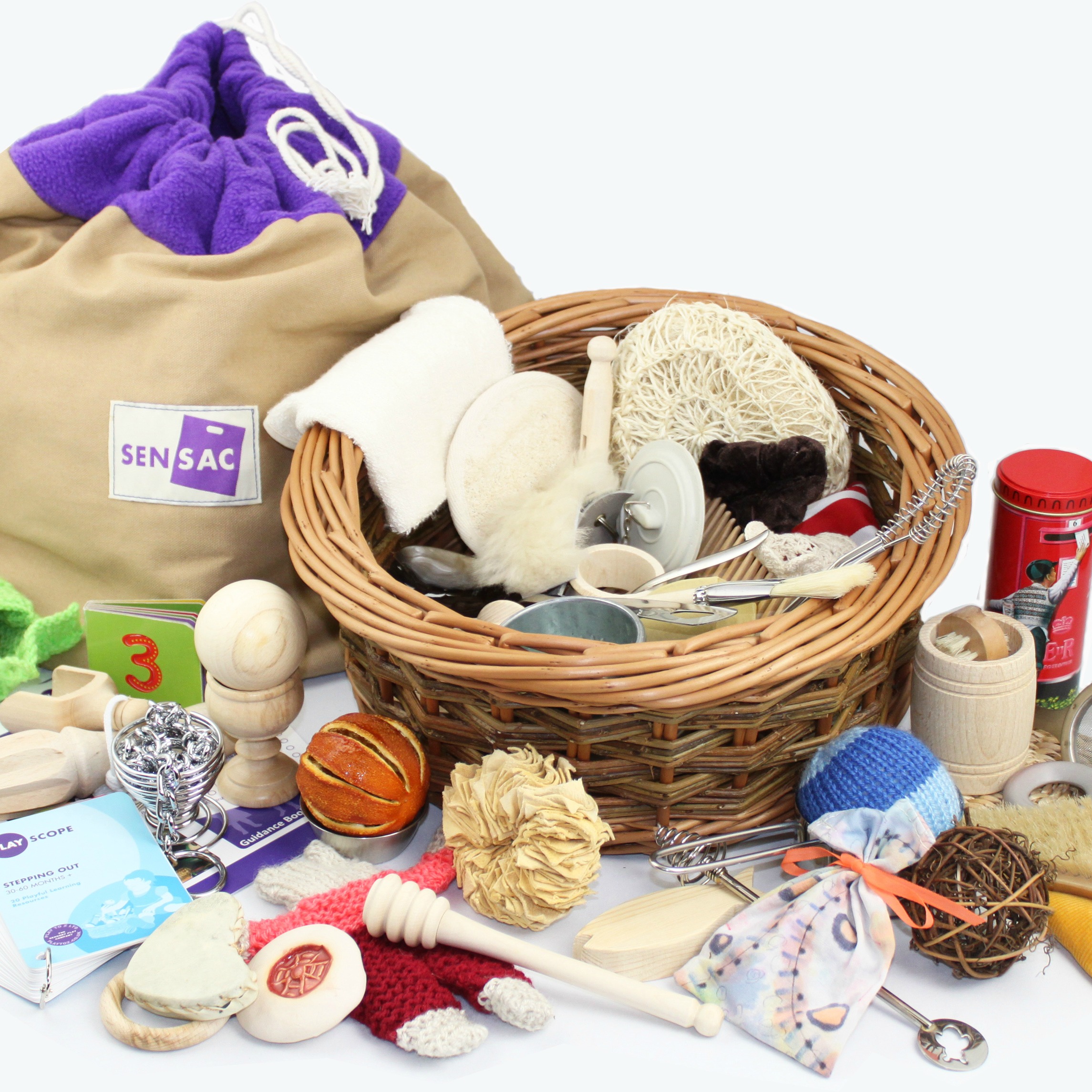


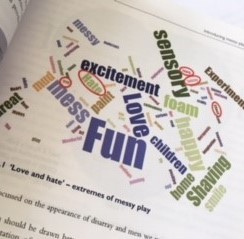
Since 2009 Sue has established a reputation as an Early Years Researcher taking on the role of lead researcher at Play to Z, writing funding bids and research briefs, liaising with universities and/or participants, carrying out research, analysing findings, drafting research reports, articles and books. Sue’s books and training draw heavily upon original and contemporary research tofurther our understanding of the importance of sensorial play and benefits of play with objects for the development of the body and brain.
Messy Play
Sue's latest research focus is on children's behaviour as a communication tool. If you're based in a school or early years setting and would like to get involved, then please get in contact - sue@playtoz.co.uk
Messy play is exploratory sensory-rich play with wet, dry or in-between textured materials. The emphasis should be on the process rather than any end product, so personally I don't see it as being about making snowmen from playdough or gloop. You may love everything about messy play or loathe it with a passion, either way I'm really interested to hear your views. There's a lot more to messy play than just sensory exploration, mess and fun. Depending upon the materials chosen it could be really messy, such as cooked couscous or gloop; dry and contained, like a container of seedpods; or in-between, that is using resources which although wet are not sticky, such as playdough.
To try to add a quantifiable dimension to messy play we can chart the spread and scale of mess, explore the links between the child/adult's mood and the resulting mess, monitor changes in children's mess and explore what these might communicate to us, as well as understanding the links between different resources and how they are used.
If this has whet your appetite and reignited your interest in messy play, or you're already an ambassador for messy material engagements then I'd love to hear how you're supporting children to think with materials.
Previous Research
Play to Z has established an enviable reputation for its research:
- National Sensory Play Research project in collaboration with Anglia Ruskin University. 77 observations were carried out in children’s centres, nurseries and homes throughout the country with 8 month to 5 year olds to explore children’s responses to sensory-rich Treasure Baskets and to map play during each stage of the sensory play continuum. Questionnaires provided a snapshot of parents’ and practitioners’ own sensory ‘experiences’ (2009, EEDA funded).
- Cutting edge pilot research project with the University of Hertfordshire and Games for Life, mapping brain activity while early years children played with a Treasure Basket (2011)
- Weekly play observations were carried out in an Essex-based Activity Centre over a six month period. The observations culminated in the development of a typology of Treasure Basket behaviours (2011/12).
- National Hands Movement research focusing on children’s hand movements as they play and explore - partnership with Jan White (2013/14). Although only a pilot project a number of tentative findings were identified.
- The potential benefits of using sensory-rich objects to support adults with Alzheimer’s – a 10 week Masters project led by Kevin Hughes.
- The special attributes of messy play resources in supporting children’s therapeutic play – Diploma project led by Sue Gascoyne using a questionnaire and casestudy observations. You can find details of the resulting European Research article here.
- A comparison between the fine motor actions evident in children’s play and the exploratory hand procedures of adults – a 10 week Masters project led by Katie Kumiscia.
 Loading... Please wait...
Loading... Please wait... 